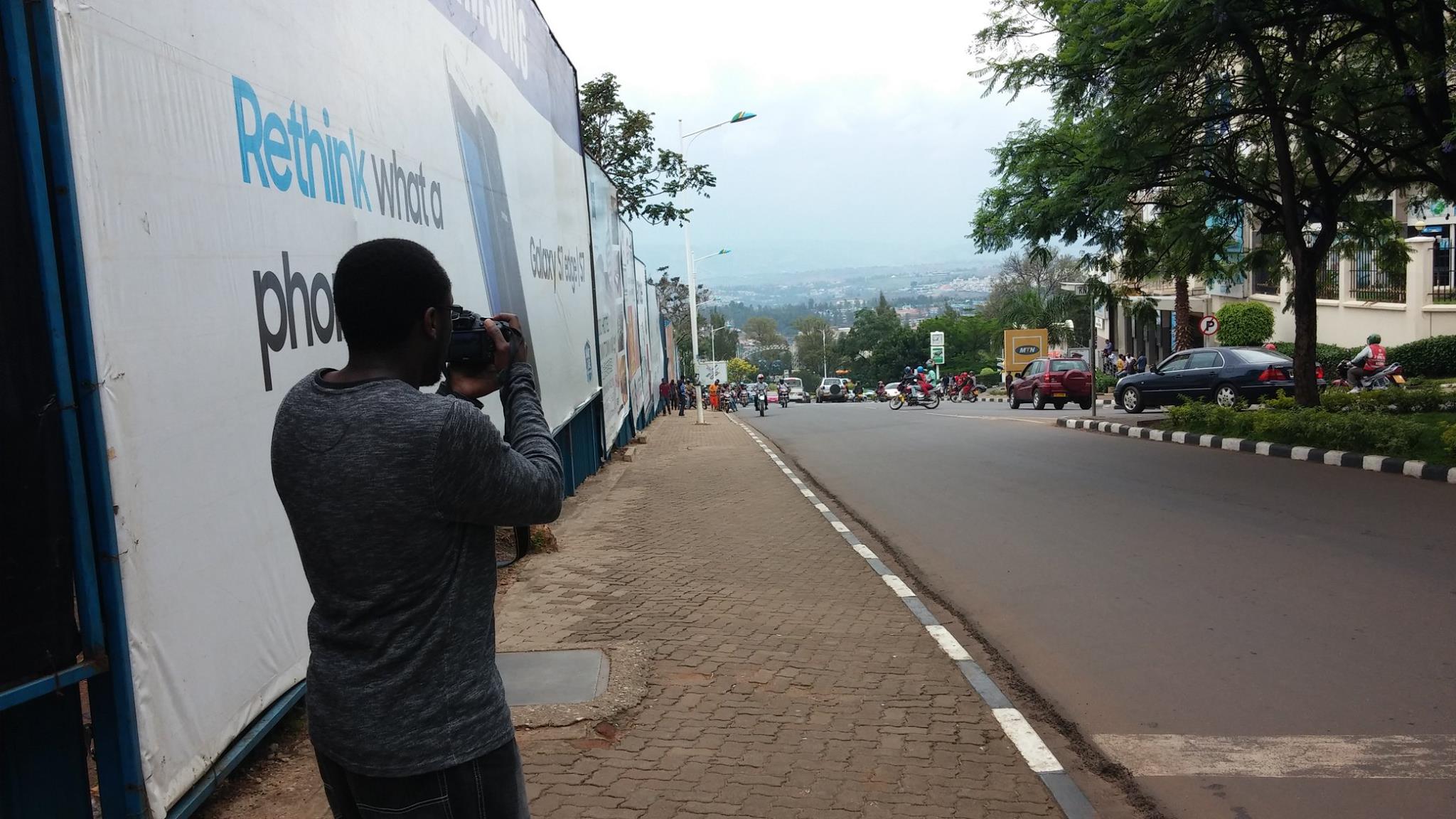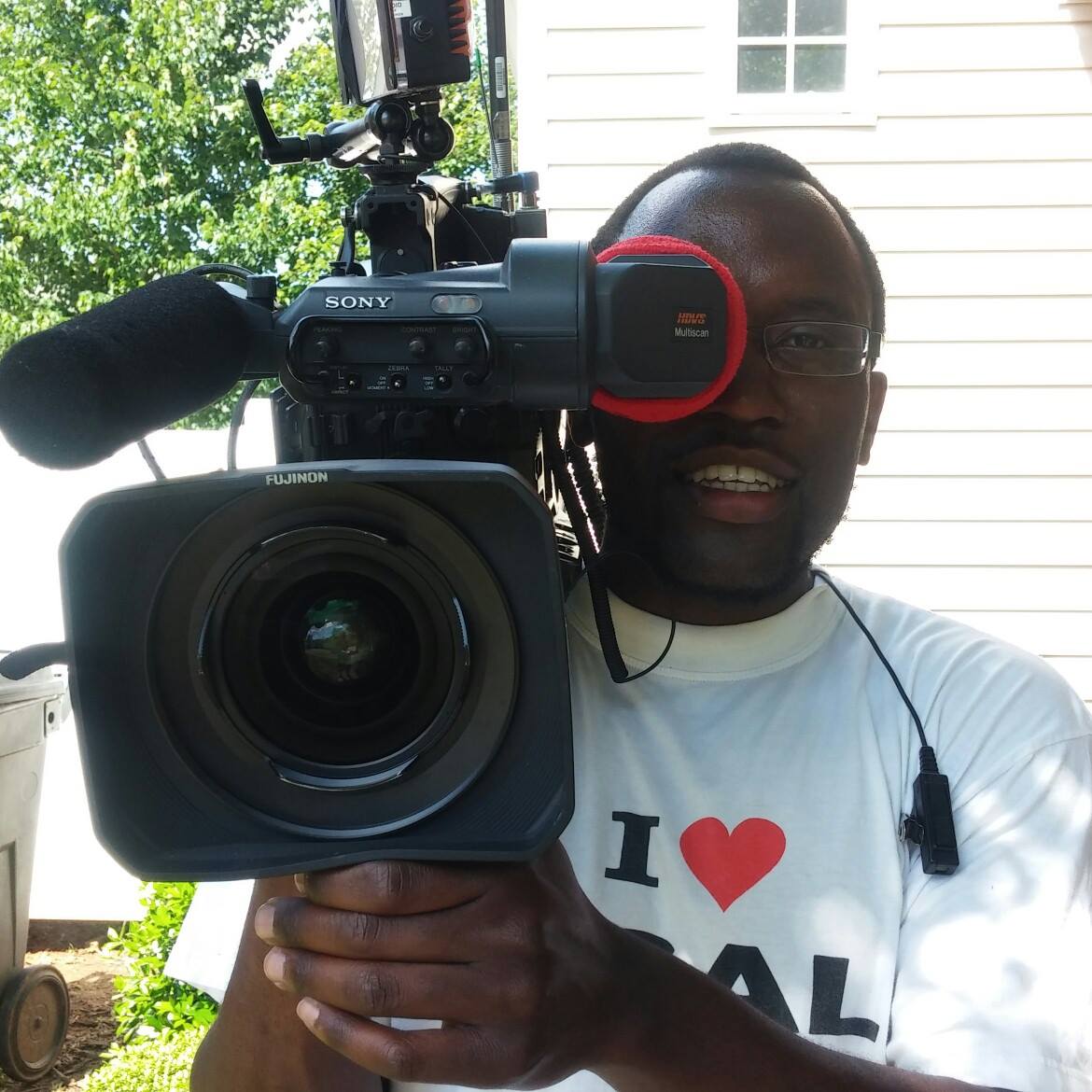Something very interesting happened in 2018 with documentary films on the big screen. The majority of docs that made it to movie screens across the country in selected theaters (always in selected theaters, by the way) were a particular sub-genre. They were all biographical documentaries. These major bio docs consisted of:
- Jane
- Grace Jones: Blood Light and Bami
- Maynard
- RBG
- Joan Didion: The Center Will Not Hold
- Pope Francis: A Man of His Word
- Won’t You Be My Neighbor?
- The Gospel According to Andre
- Whitney
And, if you throw in the last few months of 2017 documentaries–Dolores and Chasing Trane made its theatrical run as well. So, why in this era do we have a plethora of one type of documentary films making it in large distribution through movie theaters? Especially in this advent age of the Netflix crime-murder story docu-series making most of the headlines in the documentary film world. Good question. A number of answers may have to come in response to such an inquisitive inquiry. One, bio docs are the easiest of sub-genre documentaries to produce–in terms of production value, clear storyline, and focused material. Two, bio docs are very marketable–in terms of specific audiences to cater to, digestible for mainstream viewers, and, again–clear, concise plot story to sell. Thirdly, bio docs are less controversial. Key word–less. Other than, Whitney Houston’s drug addiction in the film, Whitney, controversy more or less alluded the list of documentaries mentioned above. Finally, bio docs get an easy if not faster return on investor’s money–making for a viable business enterprise and product.
Biographical documentary films to a large degree are easier to make than the other types of documentaries that come out every year. The other competing sub-genres include–participatory, observational, informative, and social awareness pieces that tackle head on a subject matter often layer upon layer. This in no way means documentary film production is a layup. Patience and access is still required in the processing of a documentary from concept to completion. But, more or less, what comes easier in the bio doc process are individuals more willing to speak on camera about said person. Maynard had a collection of over 30 figures to speak on Maynard Jackson, Atlanta’s first black mayor, including Bill Clinton, Jesse Jackson, and Al Sharpton. Following the narrative structure is also an easier pursuit when chronicling a biography. The simplicity in following a person’s career trajectory or contribution to society makes for a readily available portrait to put together. This element especially helps when the person’s story has been partially told beforehand–making the research/development phase easier to manage. Biographical documentaries are easier to produce with clear, concise storylines that builds toward the climax of a person and finishes off with its denouement which often dissolves readily into legacy talk. Also, funding for production flows more easily one-sided when a group of supporters are championing that person worthy of visually documenting. Alas, the Pope was a subject of a bio documentary in the film, Pope Francis: A Man of His Word–which, in truth, came out as a tier level above a PR-fronted film. For the producers of the piece there probably was no real issue with raising Catholic funds from the vaults of the Vatican to fully fund this project.
Biographical documentaries are good, shiny marketable products that can easily fit in a TV ad, highway billboard, or digital platform. A marketing campaign to reach potential audiences can get straight to the point in highlighting the good, the bad, and, sometimes, the ugly of a given biographical narrative. In the over-flooding of the next flashy, expensive Marvel movie and the slate of comedy-dramas that make it to the movie theatre along with action thrillers of spy dramas a marketable, package-able bio doc can fit the slate for the film-watching lay person. As is taught in marketing courses the simpler the product or service the better it is to market and put out. In other words, ‘dumb it down’ in order to reach more people. Anything complicated and detailed as you get with documentaries of other sub-genres can be a tough sell.
Biographical documentaries are far less controversial than the social justice documentary that takes on a contentious topic. Unless the subject itself speaks of a once-controversial figure bio docs fall safely in the political arena. It rarely pisses off the right or left spectrum of political debates and its expressions. It fits neatly into the history of multi-varying perspectives that speak on impacts and realities. The Gospel According to Andre did this well with Andre Leon Talley’s story as the film chronicles his upbringing from segregated Durham, North Carolina to the liberal, progressive environs of Paris, France and the eclectic NYC scene. With such a safety net shielding the controversial aside bio docs have an avenue for all to consume if not feast on. Documentaries of other sub-genres have multiple angles with layered storylines and plenty of backstory. This can mean for a full-course meal for audience members to consume compared to just going straight for the entry, which bio docs serve up.
Biographical documentaries can make for a great business sell. Easier to make–even with the years of patience and focus. With marketability with an already built audience an excellent ROI can come with a completed work. Just hope you are the first one to the topic and have the access to the material and interviewees necessary in visually telling, if not revealing, the person’s story. So, no matter how expensive the production budgets are in the end the money is there and the market is ready for exploit. In fact, even as the genre has grown tremendously in the last two decades movie theaters have been reluctant to screen documentary films–especially now that practically everything has gone digital. For one, a theater run is very short–lasting two to three weeks at a time. Digital streams and platforms in today’s market has been the avenue. So, in the rare cases a documentary makes it to the big screen all the ducks have to be lined up–a clear, concise storyline, marketability of a less-controversial film and the reality of a built-in audience are there waiting. Everything that encompasses a bio doc.

 I am the Third World. I am a product of the so-called Developing World. I am from the most disclosed, marginalized parts of modern-day societies. We know we were never meant to count. We know our stories are but a footnote in global history. I see my light and presence in this discourse–however such conversations are limited. It’s now time that I turn my work’s attention to it. No matter how I build my résumé or the connections I make along the way or the added credits to the list in my growing, budding career here in the United State of America I must continue. No matter the luxuries at home, the car I drive, the clothes I wear, the food I eat, the compensation rendered from my employer or the perishable and non-perishable things I consume as a consumer I must evolve. I must continue and evolve to and through Third World narratives.
I am the Third World. I am a product of the so-called Developing World. I am from the most disclosed, marginalized parts of modern-day societies. We know we were never meant to count. We know our stories are but a footnote in global history. I see my light and presence in this discourse–however such conversations are limited. It’s now time that I turn my work’s attention to it. No matter how I build my résumé or the connections I make along the way or the added credits to the list in my growing, budding career here in the United State of America I must continue. No matter the luxuries at home, the car I drive, the clothes I wear, the food I eat, the compensation rendered from my employer or the perishable and non-perishable things I consume as a consumer I must evolve. I must continue and evolve to and through Third World narratives.


 Filmmaker
Filmmaker